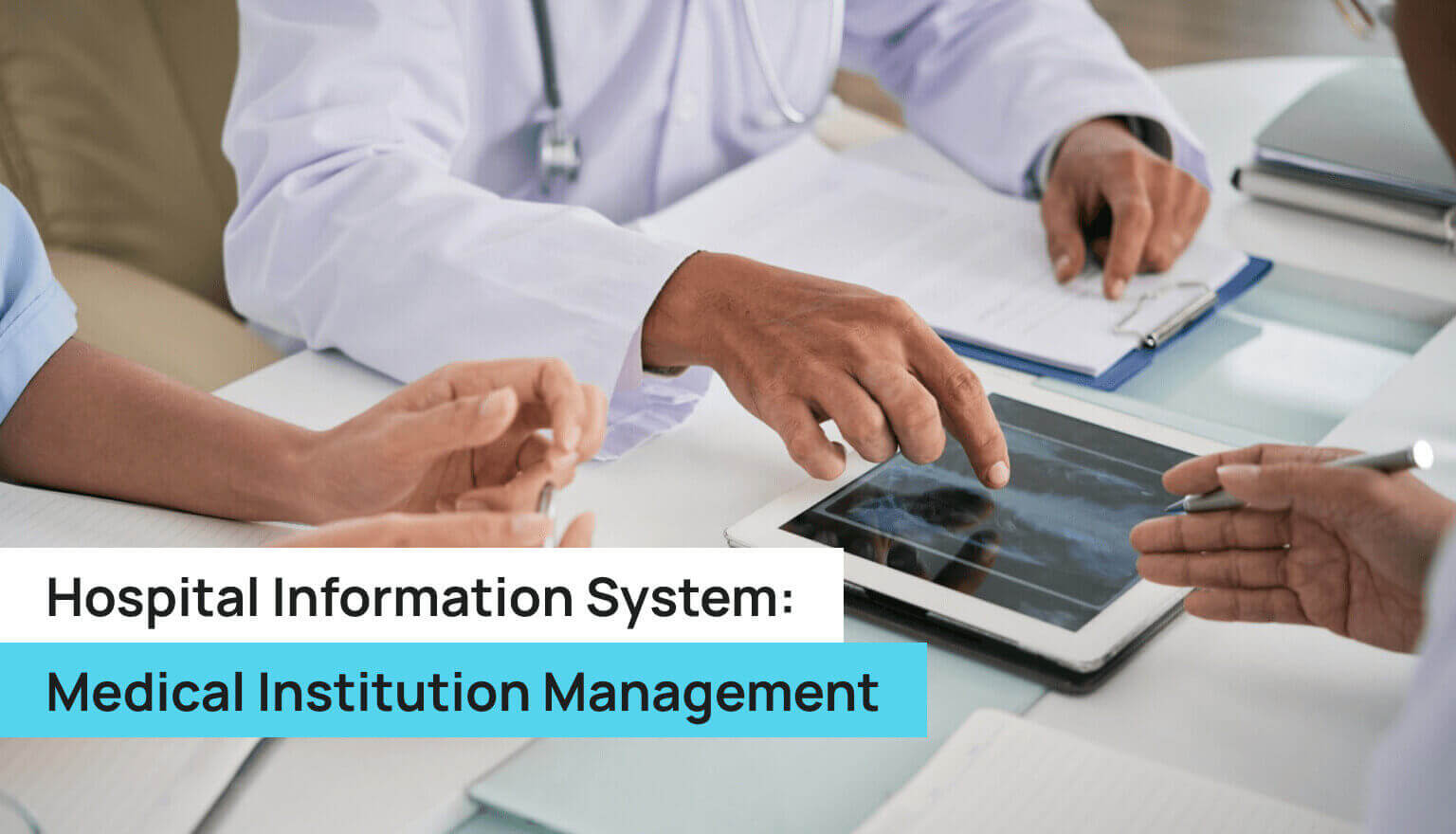Hospital Information System: Medical Institution Management

A Hospital Information System (HIS) provides an integrated approach to managing healthcare facilities, automating administrative processes and optimizing resources. In this article, we will take a closer look at its key functions for the efficient operation of medical institutions.
HIS (Hospital Information System) is a comprehensive system for automating the management of medical institutions. It provides centralized access to information and contains modules for managing inventory, equipment, resources, and finances.
Key functions of HIS
Electronic Medical Records (EMR)
The system provides storage and updating of patients' electronic medical records. They contain information about medical history, test results, prescriptions, doctor's appointments, etc. EMRs provide real-time access to data, which simplifies the healthcare service and reduces the risk of errors.
Inventory and stock management
HIS allows you to keep track of medical supplies, equipment, and other resources needed to provide healthcare services. This function helps to avoid shortages or overstocking, optimizes procurement, and ensures the proper level of patient care.
Resource planning
This feature helps healthcare centers optimize the use of available resources: medical staff, equipment, medicines, and facilities. This allows you to optimize workflows, reduce waiting times, and increase the productivity of medical personnel.
Accounting and billing
A Hospital Information System automates the accounting and control of financial transactions: income, expenses, and purchases. HIS also includes calculating the cost of services, creating invoices, and monitoring payment status. The system allows you to keep records of patients' health insurance, track information about insurance policies, and optimize the collection process.
Analytics and reporting
The module allows you to generate a variety of reports that reflect key aspects of a medical institution's activities: financial performance, resource utilization, quality of services, patient satisfaction, etc. To visualize key trends and correlations between different metrics, the system uses convenient dashboards with graphs and charts. This also enables timely response to problems or potential risks.
Third-party integrations
Integration with CRM allows healthcare facilities to effectively manage patient relationships and personalize services. HIS can also be integrated with telemedicine systems, Picture Archiving and Communication Systems (PACS), Laboratory Information Systems (LIS), and remote monitoring platforms. Custom third-party integrations can improve coordination and information exchange between different departments of a medical facility.
Thus, the key features of a medical information system help to optimize resources, increase productivity, and improve the quality of medical services. Looking to streamline hospital management or create a telemedicine platform? Leave your contacts in the form and our manager will contact you and offer the best solution for your business.




















